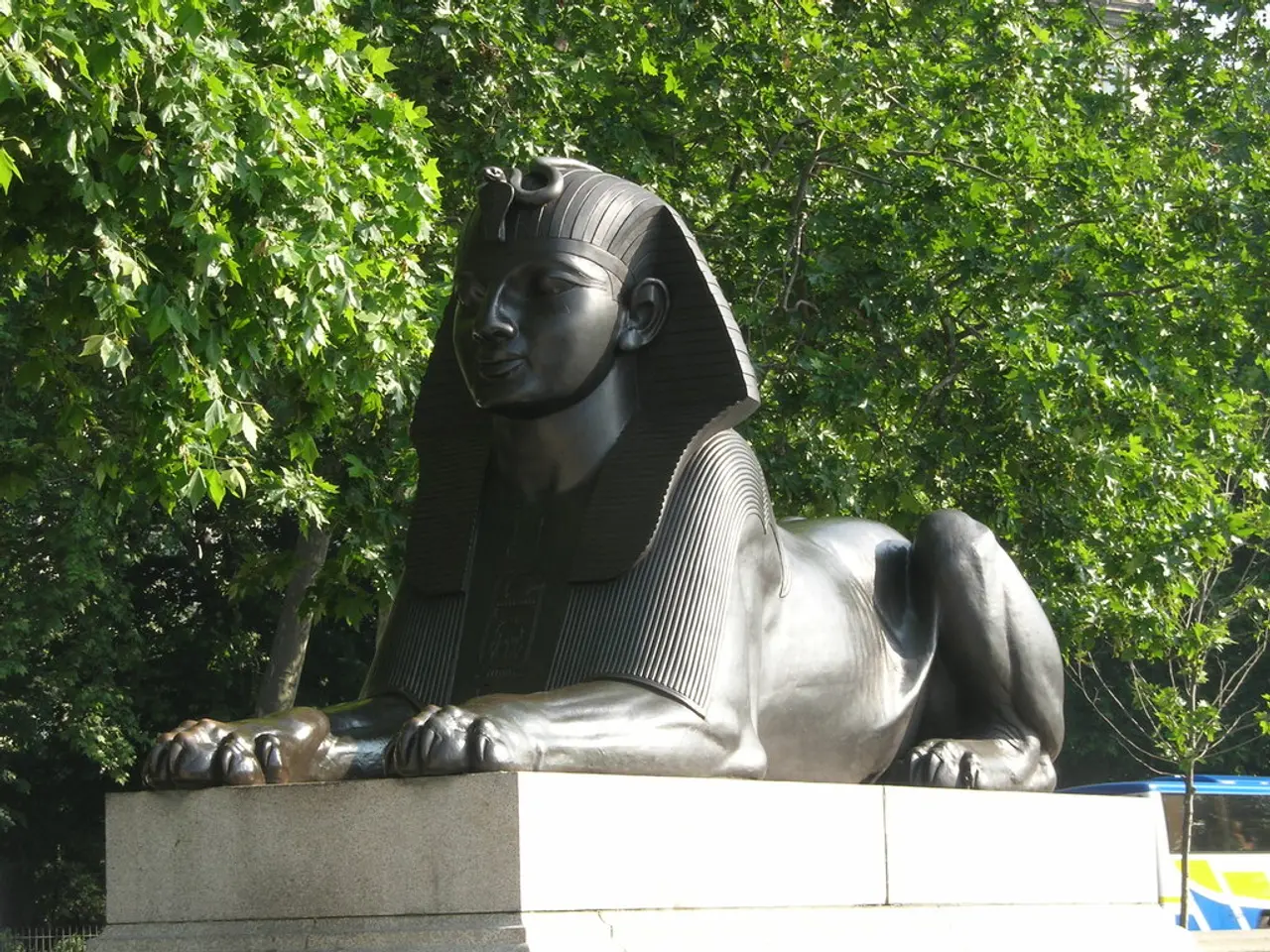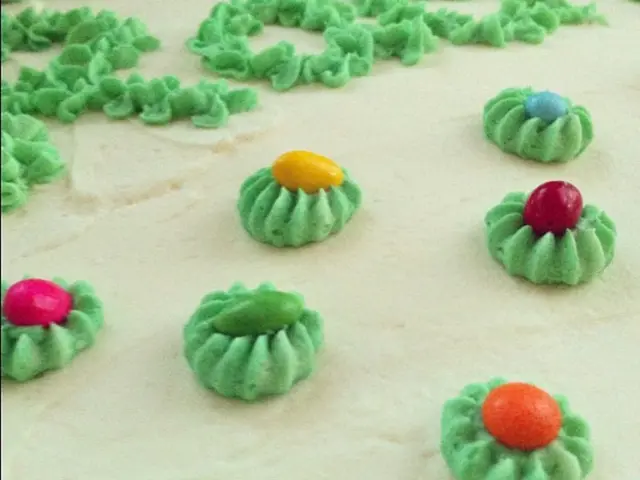Mummified Egyptian remains emit aromas reminiscent of wood, spice, and sweetness.
In a pioneering study, researchers have explored the realm of ancient Egypt, analyzing the chemical compounds emitted by mummies for the first time. The findings, published in the Journal of the American Chemical Society, provide valuable insights into the era, location, and socioeconomic status of the individuals being mummified.
Led by Matija Strlič, a research team including Emma Paolin from University College London (UCL) and the University of Ljublana, conducted the first combined chemical and subjective perception study on the odours of ancient Egyptian mummies. Nine mummies, mainly from the 1st and 2nd millennia BCE, were analyzed using modern techniques and trained human 'sniffers'.
The study revealed that these mummies emit a complex bouquet of aromas, dominated by woody, spicy, and sweet notes. The primary sources of these scents are coniferous resins, gum resins like myrrh and frankincense, and beeswax, materials commonly used in the ancient embalming process.
This research aims to better plan conservation efforts and understand the ancient embalming materials. Moreover, the team is working towards creating 'smellscapes' for a more immersive museum experience. By reconstructing the scents of ancient Egyptian heritage, audiences will be able to experience it in a more tangible way.
The ancient Egyptians held a strong belief that pleasant odours were associated with the divine, while foul smells signalled corruption and decay. The study distinguished between smells produced by the ancient embalming process and those introduced later.
This newfound understanding of the chemical composition of mummified body odours could prove beneficial for conservators. They can use this information to better protect ancient artifacts and themselves from potentially harmful chemicals like formaldehyde.
Mummification practices were aimed at preserving the body and soul for the afterlife. The Egyptian Museum in Cairo houses nine ancient Egyptian mummified bodies, and this study provides a unique opportunity to learn more about these ancient practices and the people they represent.
This article was originally published in February 2025 and has been updated with new information. The study marks a significant step forward in our understanding of ancient Egypt and its practices, offering a glimpse into a world long lost to the sands of time.
Read also:
- Is it advisable to utilize your personal health insurance in a publicly-funded medical facility?
- Dietary strategies for IBS elimination: Aims and execution methods
- Benefits, suitable dosage, and safety considerations for utilizing pumpkin seed oil in treating an overactive bladder
- Harmful Medical Remedies: A Misguided Approach to Healing






